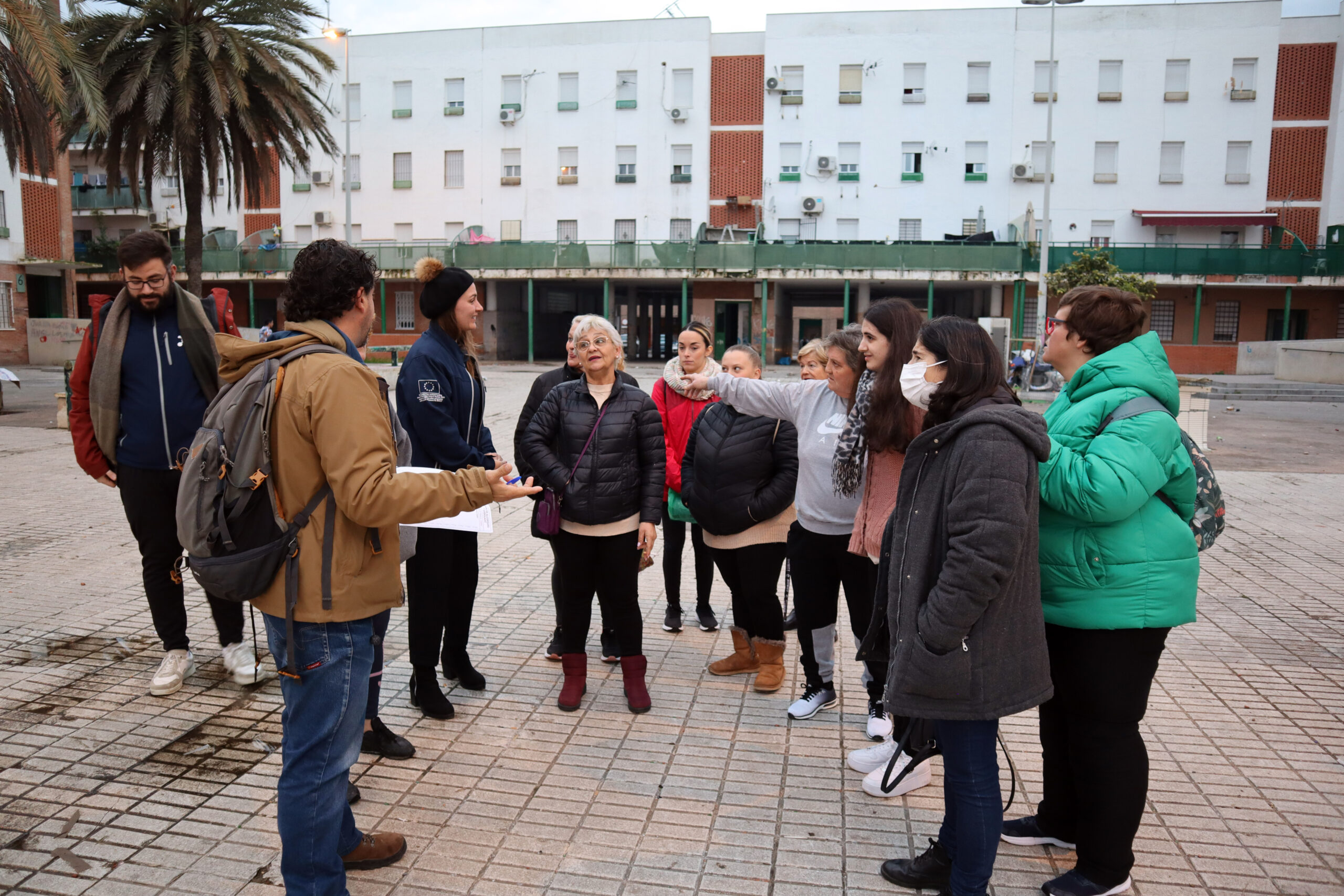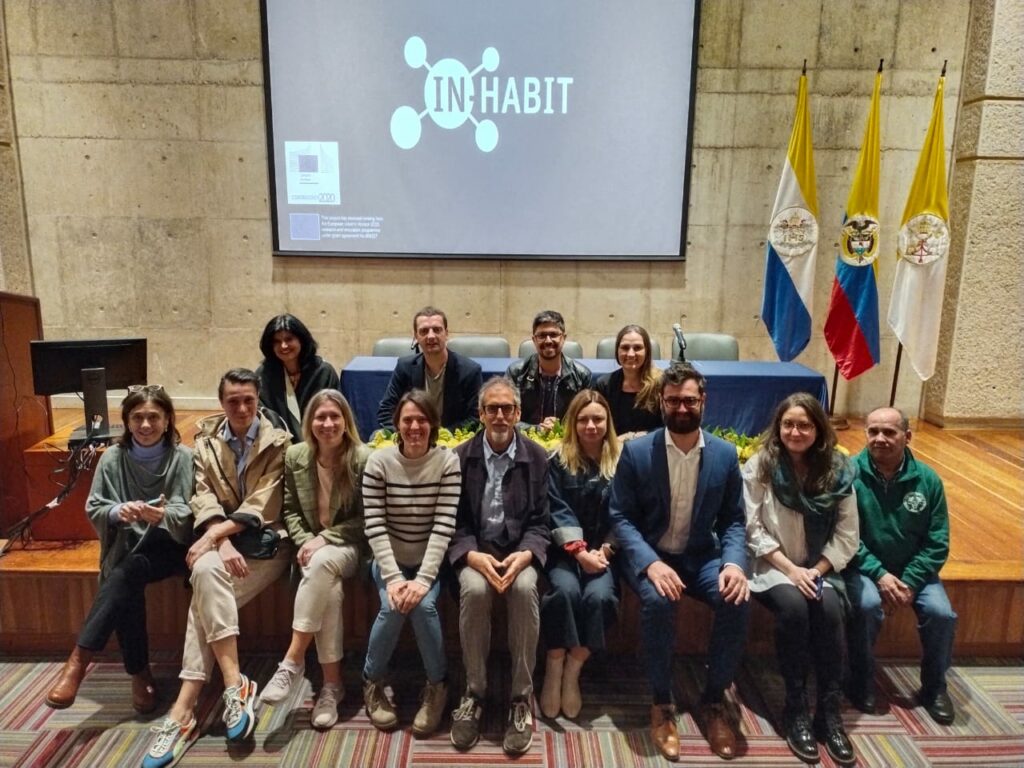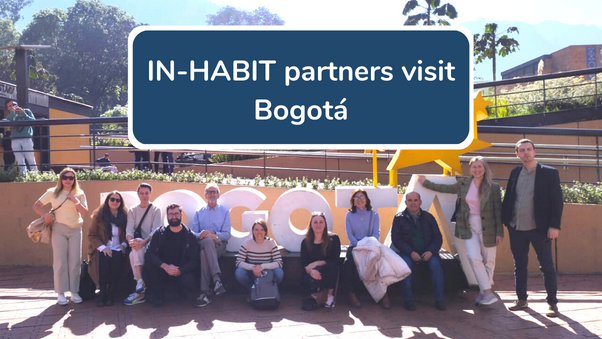
Jaunieši par Āgenskalnu #7: Āgenskalns kā tirgus pilsēta
February 7, 2023
Las vecinas recorren los 5 patios de Palmeras en busca de zonas verdes
February 9, 2023Researchers from the four European cities involved in the IN-HABIT project held their first meeting in Colombia with Colombian researchers to learn about the Bogotà case study.
Partners from the European H2020 IN-HABIT project, coordinated by the University of Cordoba, made their first joint visit to Colombia to learn about the Bogotá case study and initiate replication actions among the European pilot cities: Cordoba, Riga, Nitra, and Lucca.
During this visit, European and Colombian experiences were exchanged regarding actions related to the role played by heritage, culture, food, the environment, and animal welfare in order to increase inclusive health and welfare.
This was part of the open conference that was offered for educators, students, and the public at the Pontificia Universidad Javeriana in Bogotà, where the IN-HABIT project’s initial achievements were also presented, as well as the project’s challenges and future goals.
The Colombian case study is located in Ciudad Bolivar, a marginal neighbourhood of Bogotà where the Mayor’s Office has launched a sustainable mobility project that also aids social transformation, building a cable car that connects this neighbourhood with the rapid transit bus network that runs through Bogotà.
The IN-HABIT partners toured the four stations where this sustainable transport stops and learned about the social transformation actions implemented in each of these locations (urban art, museum, library, food shops, and supermarkets, etc.). In addition to getting to know this means of transport in depth, they met with different representatives of the community and with representatives of TransMilenio, the municipal company that operates both the buses and the bus network.
The programme also included visits to different experiences related to the IN-HABIT approach taken in each of the cities, in order to learn and share know-how. Thus, a tour of the history, heritage, and culture of Bogota was made, with the opportunity also taken to focus on the visionary and integrated solutions employed in the transformation of the historic district of La Candelaria, as well as the commitment of the Mayor’s Office to renewing markets, such as the Mercado de La Concordia, which combines gastronomy and tourism, and the Doce de Octubre, which offers zero-kilometre local products.
The visit to the Botanical Garden and the Parque de la 92 explored the integration of naturalisation in the urban environment, as well as experiences of co-management of public parks through non-profit associations.
The IN-HABIT partners also experienced other sustainable mobility systems, such as the free bike system and the Car Free Day held on the 2nd of February.
In addition to the researchers, the visit was attended by the Mayor of Nitra, Mr Marek Hattas, and Alija Turlaja, representative of the Riga IN-HUB and member of the regional parliament. Cordoba was also represented by Mª del Mar Delgado, the project coordinator, Isotta Mac Fadden, a researcher, and Luis Maya, president of the Asociación de Vecinos Unión y Esperanza de las Palmeras. And, from Bogotá, the researchers responsible for the project were Olga Ceballos and Juan Yunda, from the Javeriana University in Bogotá.





